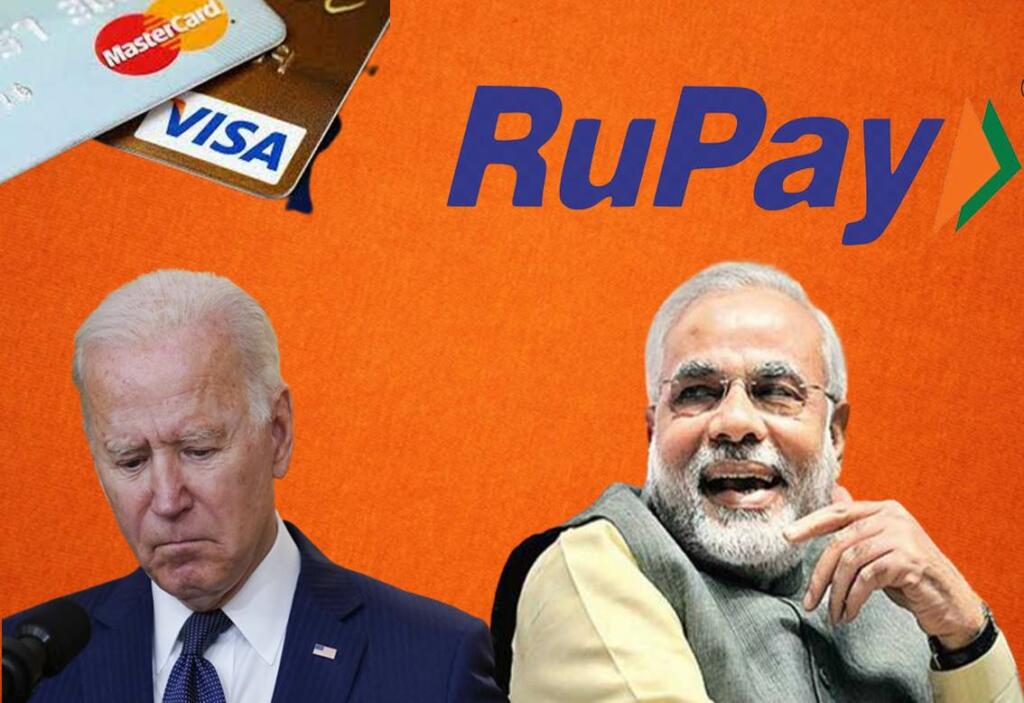In the last few years RuPay, the payment service system conceived and launched by the National Payments Corporation of India has expanded exponentially. In 2017, the company had only a 15% market share and today Rupay has grown to capture more than 60% of the market in payments cards in the country.
The exponential growth shows that RuPay has come a long way in the last few years. Although RuPay’s share in the credit card market, which is a more lucrative business, is lower, and the volume of transactions on the RuPay card is still lower because most of the new issuing went to lower-income groups, NPCI has rattled Mastercard and Visa – the behemoths of the payments services.
The banks, especially PSUs, should make more efforts to ensure that RuPay cards are promoted in the country even among high-income group customers. “International networks can provide fancier deals and better customer experience. Banks cannot trade that and risk losing customers as their credit card related charges are crucial for them,” said a person.
Although given what happened with Russia – where American companies stopped services in the wake of war – the Indian companies should focus on long-term gain and resilience rather than short term profits. Also, the banks should not forget the days when American card companies were squeezing them and customers in absence of competition from RuPay. Banks had to pay high affiliation charges to multinationals like MasterCard and Visa earlier. But with RuPay, they were able to bank upon an Indian network. Under PMJDY, a total of 258 million RuPay debit cards were thus issued in 2020 alone by India’s public sector banks.
RuPay's share in India’s debit card market:
2020: 60%
2017: 15%
(RBI)
— The Indian Index (@Indian_Index) March 21, 2022
Affordability for Banks
One more reason for the exponential growth of RuPay cards is that RuPay charges a minimum transactional amount whereas other companies charge a substantial amount because of the duopoly of the two foreign companies.
RuPay going global
In 2018, PM Modi visited the Indian Heritage Centre in Singapore, where he bought a Madhu-Bani painting. And how did he purchase it? Well, he chose an SBI RuPay card to make the payment.
This was a signal of the payment gateway going global. In 2019, RuPay announced that it is now used by citizens of 195 countries. A few months later, PM Modi launched the payment gateway in Saudi Arabia as well. Currently, it is accepted in 42.4 million POS locations and 1.90 million ATMs in more than 200 countries.
Also Read: After MasterCard, Visa cries hoarse as PM Modi puts his weight behind RuPay
How becoming the IPL official partner helps RuPay
So, RuPay is truly competing with the top global card payment networks in the world. But what it needed was more visibility in the market. At the end of the day, all brands need advertisements to make that one big leap.
For RuPay, getting roped in as IPL’s official partner is that one big leap. Now, the payment gateway can transform its image into a leading card payments network system, instead of appearing as a tool of the government’s financial inclusion agenda.
There was a time when no one could have thought that RuPay would lead the card payment network market. But then, PM Modi came to power, and everything has changed since then.
Conclusion:
In the last few years, India has taken lead in financial technology with services like United Payments Interface (UPI), Rupay cards, and soon the country may have Open Credit Enablement Network (OCEN) to ensure flow based credit to MSMEs. India should take these technologies to other countries and Indian companies should become next Google, Apple and Facebook.
